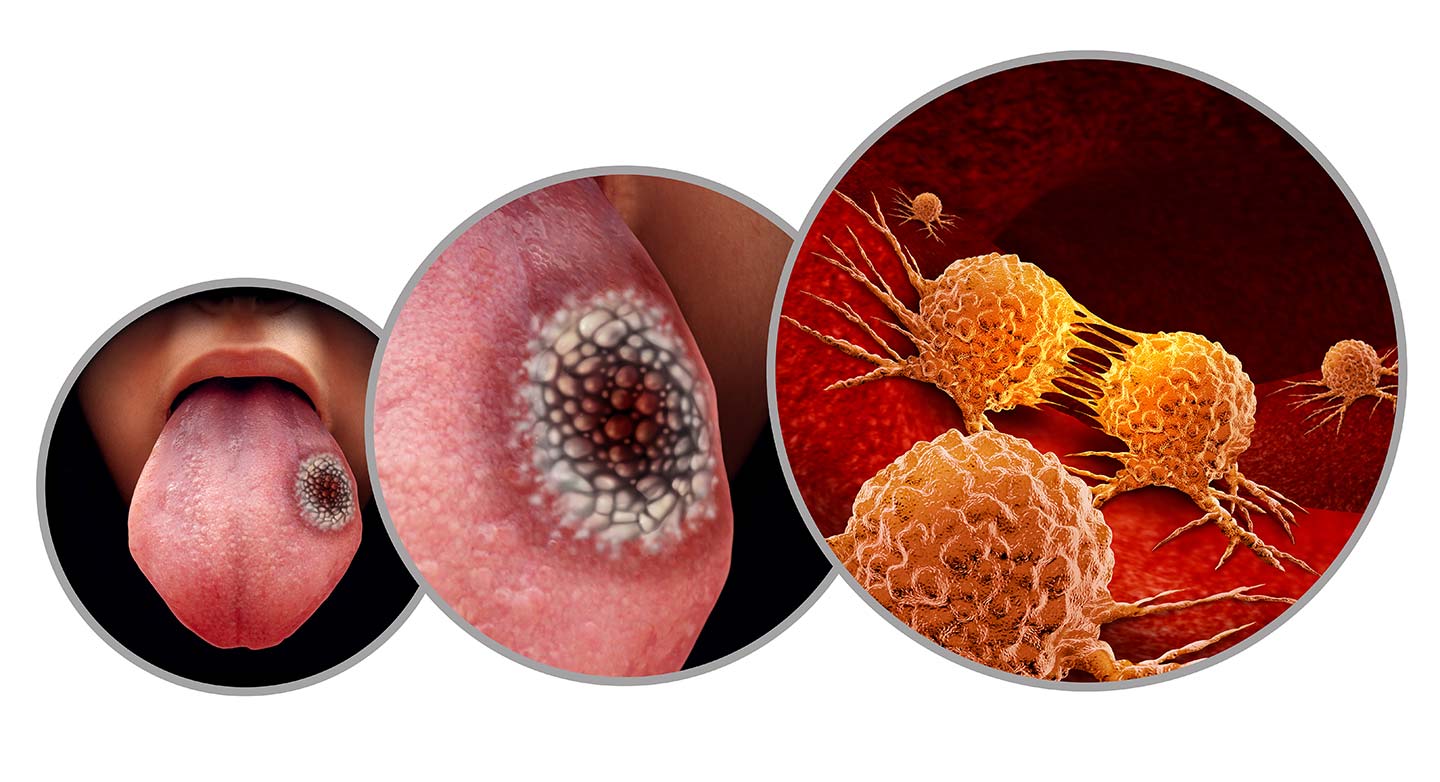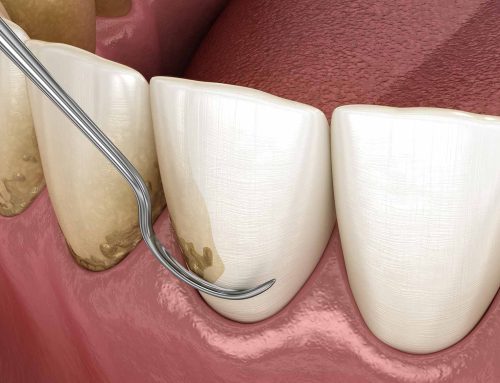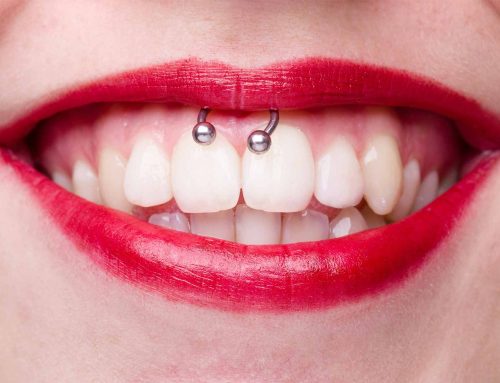Oral cancer symptoms and screening
Each year, nearly 5,000 Canadians are diagnosed with oral cancer and approximately 1,500 of them will die from it.
According to data compiled by the Public Health Agency of Canada, men between the ages of 40 and 80 are most susceptible to oral cancer; however, cases in women are on the rise.
Despite three decades of scientific and therapeutical advances in the fight against cancer, the mortality rate among victims of oral cancer remains high. This silent type of cancer often goes undetected until it’s too late for a cure. This is because malignant tumors that develop inside the mouth are often painless in the initial stages and can easily be confused with normal mouth sores, such as ulcers. By the time a more extensive examination confirms that it’s cancer, it will have already metastasized to the lymph nodes and other parts of the body.
An oral ecosystem at risk
Oral cancer can attack different parts of the oral cavity. The most frequently affected areas are the tongue and the floor of the mouth, followed by the lips, the salivary glands, the hard and soft palates and the pharynx. However, regardless of the area affected, oral cancer has its share of painful side effects, and once it reaches an advanced stage, the patient may no longer be capable of eating normally.
Smoking, excessive alcohol consumption and poor oral hygiene creating a fertile environment for viruses such as HPV and certain streptococcus infections are three of the most common factors that can contribute to the appearance of lesions that can subsequently become cancerous.
A mouth under surveillance
Prevention and early detection are the only truly effective measures for modifying the prognosis in cases of oral cancer, and the person in the best position to detect it first is your dentist
Even though the reason for your visit to the dentist is related to your teeth, the specialist will always thoroughly examine your mouth. This includes your lips, your tongue, your gums, your jaw and even your larynx. Your dentist will take any unusual changes in your oral cavity seriously, no matter how small they may be. The principal signs your dentist will look for include the following:
- The presence of red and white patches on the gums, the tongue, the lips or the mucous membranes lining the mouth
- The presence of unusual masses, pustules or lumps
- Ulcers or lesions that won’t heal
- Numbness or loss of sensation in the lips or tongue
- Frequent bleeding before and after brushing the teeth
- Loose teeth or dentures that won’t stay in place
- Dry mouth and difficulty swallowing or speaking
- Chronic jaw pain
Every time you visit your dentist, it’s important to inform him or her of any changes in your medical history. An infection that requires antibiotics, digestive problems and unexplained chronic pain in the ears or neck are among the conditions that may be related to your oral health
Banking on prevention
We can’t emphasize it enough: prevention, including brushing, annual tartar removal and regular visits to the dentist are the best strategies for keeping your mouth healthy.
If you have any questions regarding oral cancer or other diseases of the mouth, don’t hesitate to consult the team at Clinique Dentaire Charles Trottier.





